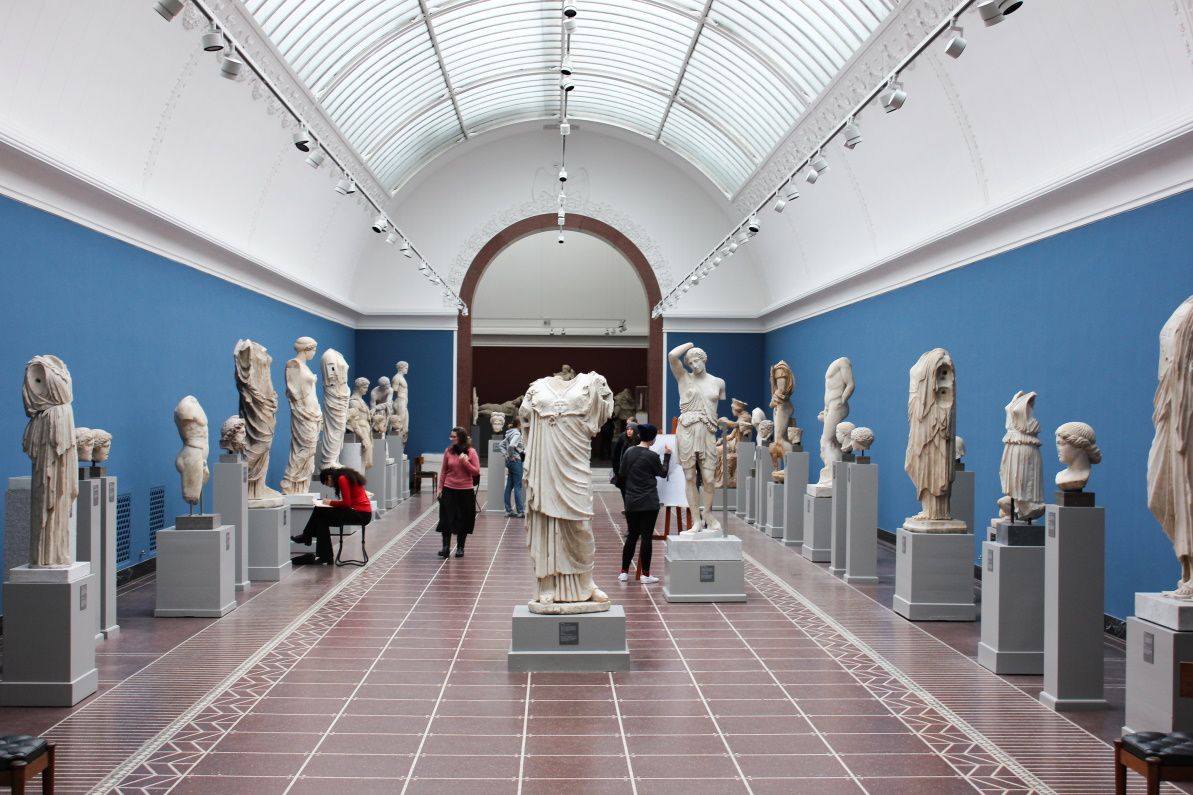What Are Tokenized Assets?
Asset tokenization represents new streams of revenue for innovative businesses, but understanding the process can be tricky.

Cryptocurrency, NFTs, DeFi tokenized assets — the tech world has been buzzing with these terms for the last few years, but many companies remain unaware of asset tokenization and its potential for delivering new streams of revenue. It’s understandable; the tokenization of physical assets is still a relatively new concept, as well as being technically complex. Still, many businesses are finding that knowing the ins and outs of asset tokenization is a worthwhile endeavor, especially with so many untapped market opportunities. If you’re ready to dip your toe into the exciting world of web3, read on to learn more about tokenized assets and how they can boost your brand.
Jump to a section…
Tokenized Assets Definition: What is Asset Tokenization?
Examples of Tokenized Assets
Are Tokenized Assets a Viable Monetization Opportunity?
How Can My Business Tokenize Assets?
What is Asset Tokenization?
Asset tokenization refers to the digitization of any real-world, physical asset, such as sports collectibles or even art sculptures. Tokenized assets can either be broken down into a singular piece or several smaller pieces, called digital tokens — hence the name. But what does tokenization mean in a more practical sense? Essentially, it’s a way for someone to possess ownership of a high-value asset without having its physical representation on hand.
The actual practice of asset tokenization requires the power of the blockchain. After the physical asset is authenticated and moved on the blockchain, it’s sealed in a high-security vault. This way, high-value assets stay safe, and they’re also insured for another layer of security. Meanwhile, all transactions involving the tokenized assets are completely transparent.
Subscribe to get our best content in your inbox
By clicking “Submit” you agree to Dibbs
Privacy Policy and
consent to Dibbs using your contact data for newsletter purposes.
Examples of Tokenized Assets
There’s almost no limit to what can be tokenized using blockchain technology. Here are just a few examples:
- Collectibles: The global collectibles market was estimated at $402 billion in 2021 and is set to reach $1 trillion by 2032. Everything from classic rookie sports cards to rare comic books can be tokenized.
- Artwork: For art collectors, tokenization can make buying and selling transactions much easier; rather than having an expert authenticate the piece every time, “provenance” is handled by a third party and recorded on the blockchain.
- Classic guitars: Yes, even musical instruments can be digitized on the blockchain! Like with fine art, this opens up the world of classic guitar collecting to a wider audience.
- Wine: Tokenizing wine brings collectors additional benefits, such as access to premier vintages and exclusive tasting events.
- Street fashion: Brands like Adidas are getting into the NFT game, garnering positive press buzz and millions of dollars in profits.
Are Tokenized Assets a Viable Monetization Opportunity?
For consumers and collectors, tokenization offers a wealth of benefits, among them security and flexibility. Of course, a key reason for tokenization is profit, and companies that adopt web3 technology (or partner with a business with the ability to do so) can create new streams of revenue from asset tokenization.
There are several ways through which tokenization can deliver ongoing revenue, one of which is through collections of royalty fees on secondary markets well after the initial transaction is complete. Participating companies that created the original token will benefit from a small fee each time the token is sold.
Additionally, tokenized assets can be fractionalized, or split into multiple parts, which can’t be done with their physical counterparts. Fractionalization opens the door for additional monetary transactions, as well as access to a customer base that might not otherwise be able to invest in tokenized assets.
How Can My Business Tokenize Assets?
Tokenizing assets is a process that requires regulation and a comprehensive understanding of the marketplace. Thankfully, you don’t have to figure this out on your own; companies like Dibbs were built on this type of expertise, providing a scalable on-ramp to web3 technology with minimal risk. By partnering with an established presence in the asset tokenization space, you won’t have to create your own infrastructure to authenticate, digitize, store, and insure physical collectibles.
If you’re ready to dive into the world of asset tokenization, Dibbs can help. Dibbs has unparalleled blockchain experience, as well as all of the infrastructure needed to ensure that assets are digitized, stored, and traded safely. Want to know more about partnership opportunities with Dibbs? Get in touch!

Jonathan Barbone
Jonathan Barbone is the Senior Director of Partnerships at Dibbs. Jonathan was an avid Magic: The Gathering card collector as a child.

